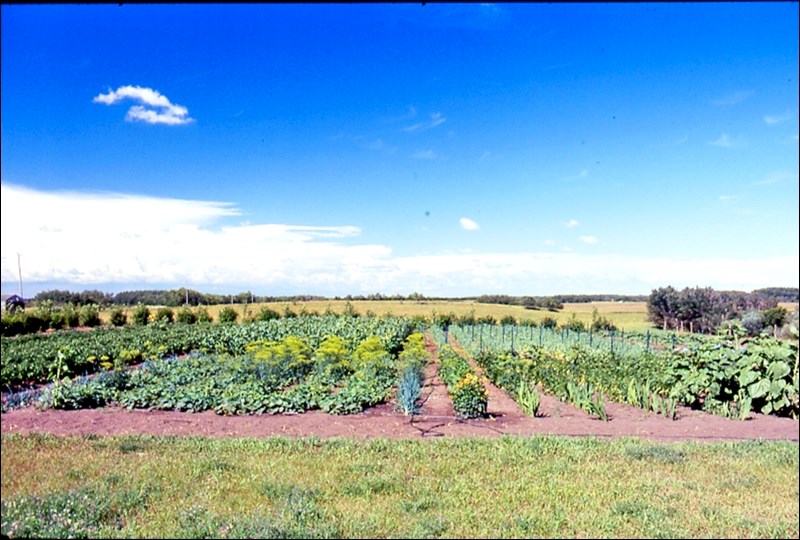There are more and more people who are wishing to grow their own food and make our world a more sustainable place to live. The wish to produce our own food without pesticides has increased the interest in organic gardening. This is coupled with the ever-rising costs of fossil fuels that help to drive up the costs of those foods we enjoy consuming that need to be imported to our local markets. You might ask what an organic garden is. Is it creating a healthy ecosystem and help to strengthen the connections between all living things?
We would all likely agree it is the process of growing fruits, vegetables and ornamentals in a more natural way without man-made inputs. The acceptance of those inputs is where the definition of organic differs. Soil building and conservation as well as the preservation of heritage species is another understanding of what is necessary to be an organic gardener.
How you personally choose to be organic might be different than your friends or fellow gardeners. However, one of the first steps is to ensure your soil is healthy and able to support the growth of the plants you choose to grow.
Some easy ways to improve your soil is to add organic matter. Any kind of organic matter is good but if you have compost that is a great choice. Compost adds not only the organic matter but also a host of nutrients.
In order to have long-term soil health and to manage your soil you need to keep the nutrient at a satisfactory level. If you need to add additional fertilization in addition to your organic matter source use organic fertilizer that contains the macronutrients needed for plant growth. Those macronutrients (nitrogen, phosphorus and potassium) are needed by the plants in large doses.
You can rely on compost to supply the host of micronutrients that the plants need.
To ensure pest problems stay under control, try to practice good “cropping” techniques. Use crop rotations to ensure similar crops are not grown in the same place year after year. This rotation will naturally help control pest and disease problems. Observe your garden continuously to be sure to catch any kind of infestation quickly. Most often if you catch a problem when it is still relatively small, the treatment is less intensive and more successful.
When you are deciding what to plant consider planting those vegetables that you will enjoy eating. Do you like to have fresh greens or herbs? Do you wish to be able to eat products that are not readily available in your favourite market? Do a bit of planning and use the space that you have optimally.
The concept of dense plantings is not new but definitely works. If you are new to high-density plantings you simply plant vegetables close together in wide beds. This minimizes the amount of space needed for paths between the rows. Interplant species that have different needs and different lengths of time until maturity. For example, plant vine crops underneath your stand of corn. Try planting lettuce or other fresh greens close to carrots. Once the lettuce is finished it leaves room for the carrots to have a larger space in which to complete their growth.
These are only a few guidelines that you can begin to think about as you are planning the food you plan to grow this year. Happy gardening!
— Hanbidge is a horticulturist with the Saskatoon School of Horticulture and can be reached at 306-931-GROW(4769); by email at growyourfuture@gmail.com; facebook: @schoolofhort; twitter: @hortiuclturepat; instagram: patyplant or at saskhort.com.



